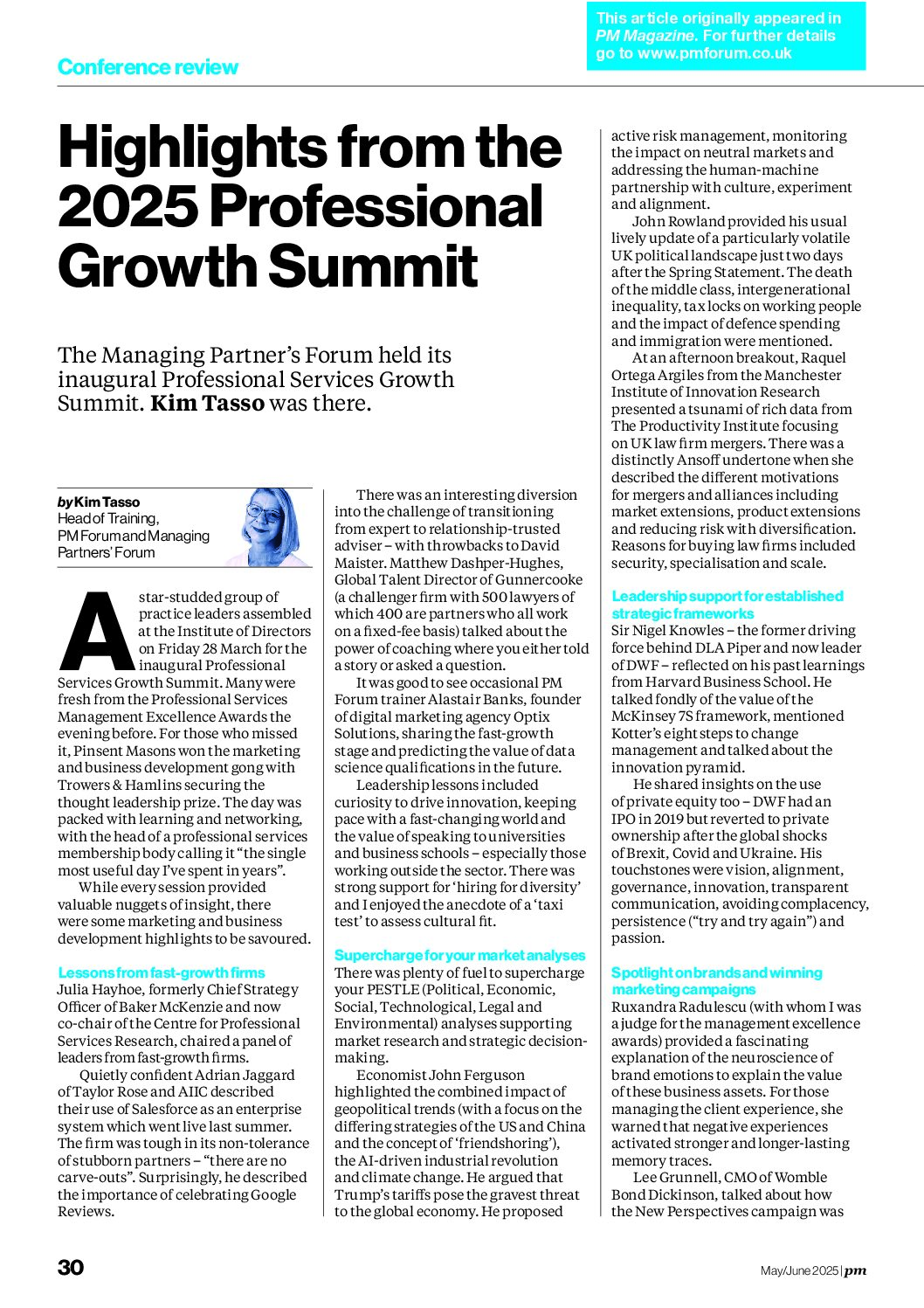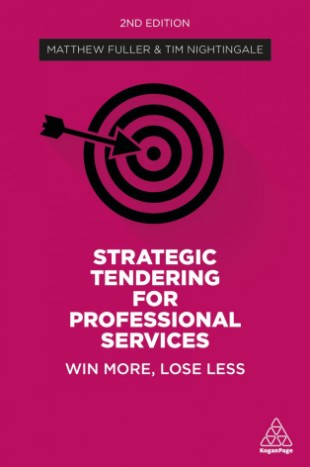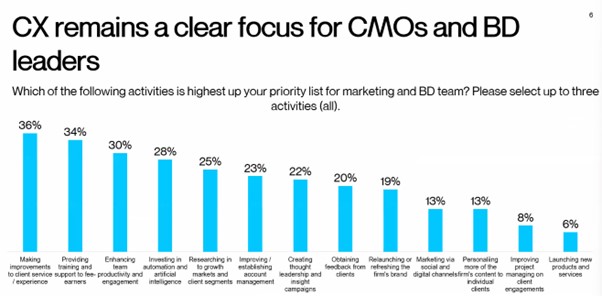As part of my research into what’s happening (and, more importantly, what’s likely to be happening) in the fast moving world of property and real estate marketing, I spoke to Will Wright at White Space which specialises in serving national and regional bespoke residential developers
http://www.whitespaceagency.com/
Q: Which of your campaigns in the property sector have you been most proud of and why? What lessons can others learn from this?
Finberry, Kent – for Crest Nicholson – http://www.crestnicholson.com/finberry/. It involved the creation of a new village, so it was an opportunity to come up with a name and brand and set the tone, ethos and values of the development. They incorporated our ideas into the fabric of the development, with authentic village signs, public art and an eclectic sales centre.
The whole idea was about a village being ‘wholesome’. It was very important that it felt real and authentic, hence the name – Finberry (‘Fin’ meaning holy – land was owned by the church and ‘Berry’ meaning raised or mount – the land is actually raised above a flood plain).
In all of the marketing literature we told a story, and harked back to traditional values. You hear a lot about storytelling – it’s a bit of a buzz word, but that’s essentially what we did. We created a story that people could buy into and the client allowed us to weave that story into every piece of marketing material that was produced – video, brochure, press ad etc.
We’ve also been quite innovative by suggesting the creation of video for the client, and then ‘seeding’ it to an appropriate audience who may be interested in buying a property at the development. We created a teaser video which has been ‘seeded’ prior to the launch, and a now on sale video which will be distributed after the launch in early May.
Video seeding works because the video appears in places where the target might be looking online, it doesn’t push the video to the audience but allows them to discover it.
Link to Finberry teaser video: https://www.youtube.com/watch?v=An3KjvxzGBg (51,000 views)
Q: What are the creative marketing techniques and methods that are most in demand at present in property marketing? (This may vary depending on whether the target audience is institutional investors, corporate occupiers or residential purchasers)
We’re getting lots of requests for branding projects for large scale ‘strategic’ developments – like Finberry. We’ve recently undertaken projects like this for Countryside Properties and Grosvenor. Barton Park (for Grosvenor) website can be viewed here: http://www.bartonparkoxford.com
We’re also seeing a bit of a trend towards more digital and online marketing. We’re producing lots of videos for property clients too. Here’s another example: Westlegate Tower (Norwich): https://www.youtube.com/watch?v=DMnNdQyp7Eg
We’ve got two other property videos in development at the moment too, which will also be seeded. One for a development of £750,000 to £2 million houses in Copford near Colchester in Essex and another for a development in Aylesford, Kent, along with brochures and websites for both developments. The idea of the video seeding is to drive more relevant traffic to the website and ultimately footfall to the site to drive sales.
Q: To what extent are property professionals in tune with their markets and the marketing toolbox available to them?
Without wishing to upset our clients, who we love, I’d say in general that the property industry is a bit behind the times when it comes to marketing. They’ve only really just embraced more sophisticated marketing techniques. Most property folk have a sales rather than a marketing background, so that could also be a contributing factor although there are more marketing people around now.
Having said that, websites like Rightmove and Zoopla have such a monopoly in the marketplace so it’s almost impossible to for developers to compete on the main key words in Google. Maybe the existence of these sites has made property developers complacent when it comes to digital marketing?
Most property developers don’t use social media – I’ve not seen any property developer use it effectively yet. And I’ve not yet figured out a way to make it work for property developers. With the exception of YouTube – I’ve just not managed to sell the idea to a client yet.
As an agency it’s our job to stay up to date with the latest marketing trends and technology, and advise our clients on what will be effective tools for them, but without fail the most effective marketing tool that any property developer has is a great product in a desirable location. Fantastic presentation and onsite signage always work well.
Q: What marketing techniques and/or technologies are most likely to have an impact on property marketing in the future? (e.g. AR, video, online collaboration, analytics etc)
Augmented reality is good if used well. With the property market set to take off more and more developers will be pushing for off plan sales, so the ability to bring the product to life and explore the property in detail before it’s built should really help sell before it’s ready to view in real life. However it’s expensive so only the developers with bigger budgets can afford to do it at the moment.
Hopefully more video and video seeding. If used in the right way it is effective and can quickly and easily highlight the features and benefits in a memorable and engaging way. It really brings the product, lifestyle and location to life in a different (and less expensive) way to augmented reality.
Analytics has got more sophisticated and allows you to track leads much more effectively these days. Hopefully this will lead to clients analyzing which marketing methods are working and spending their budgets more effectively.
Watch out for further interviews with property marketing leaders. And get in touch if you have something to share that challenges convention in property marketing. These and other ideas will form part of my session at the EG Conference Marketing Summit on 26th June 2014 http://www.estatesgazetteevents.com/marketingsummit2014
Will kindly provided the following guide to video seeding:
What is video seeding and why use it?
People often refer to the term ‘viral video’. However, without video seeding and organic growth all you have is a video – it is the seeding and sharing that make a video ‘go viral’. This means that ‘video seeding’ should be an integral part of an online video campaign. A successful seeding campaign, which is fully integrated across your entire brand’s marketing activity, will get your content seen on social channels and plant it across the web, ensuring it gets in front of as many of the (right) people as possible.
A critical element of any online video campaign is, of course, creating a great piece of content; one that is as ‘watchable’ as possible. There are a number of key considerations. Think about the length of the video (ideally it shouldn’t be over two minutes) and understand the intended aim of your video and set out clearly defined KPIs so that you can measure its success. Most importantly, make sure you have created a video that is compelling enough for your fans to want to watch and share with their friends. By completing this check list of online video best practice you’ll be the ideal position to launch your seeding campaign.
Some top tips
Here are our top five essential steps to give your video the very best chance of success:
1. Optimise the videos for search
Whether you’re hosting your video on YouTube, Vimeo, MetaCafe or another video site it is crucial to optimise it for search in order to maximise the number of video views.
With over 13 million hours of video uploaded to the site last year alone, YouTube is by far the most popular video-hosting platform and is the second largest search engine in the world. It relies on three key signals when ranking your videos within the YouTube search results:
- Keywords in your title and description
- Number of video views
- Video ratings
It is crucial to think about what keywords you use in the titles and descriptions when uploading your video. At the outset you must carry out keyword research in order to uncover niches in the targeted terms. Use your brand insights to decide upon your keywords in your title, description and tags and ensure each is fully optimised. Here’s a checklist to ensure your videos are fully optimised:
Title: The title is very important to SEO. Make sure it grabs the attention of your target audience and use high volume keywords. You have 99 characters to optimise your title text so search engines can easily categorise it and your audience can find it. Think carefully about your target keywords, as well as any other keywords you may want to rank for, and choose a title that is popular enough to drive viewer numbers. Another important factor to remember is that before you even upload the video you need to optimise the file name of the video using your keywords.
Description: The video description should explain exactly what is being shown in the video. You have 5,000 characters in which to describe your video (though keep in mind only about 25-30 characters will be visible in your YouTube search results) and optimise it for key terms. The YouTube Creator Playbook advises putting the most “compelling” information at the beginning. It’s important to avoid key word stuffing, however you must also make it as easy as possible for search engines to find your content – getting this balance right is crucial.
Tags: Tagging your videos allows you to choose a range of words or phrases that will help search engines and your audience to find your video. The key to using tags effectively is to choose unique keyword phrases that you think people would use to search for your video. As a rule of thumb around 5-10 tags for each video is best practice. One tip that may also prove useful is to include any misspellings of your brand name.
In order to assist you with this YouTube has an extremely useful Keyword Tool which allows you to view search volumes for individual words, analyse the demographics of people searching for them and generates suggestions for you.
2. Use social bookmarking tools
Submitting your videos to social bookmarking sites like Reddit, Digg and StumbleUpon is an extremely useful way to set in motion your video seeding campaign. During the initial launch of the campaign these sites can help to drive increased traffic to your videos.
Submitting to these sites will also help your video get indexed faster and will help to optimise your video by providing additional inbound links and improving video search engine ranking.
However, as a brand you must be extremely careful how you promote your video. If the audience thinks that you are simply pushing out a video while offering no value this may be seen as spamming and could result in a backlash from online users. One way of avoiding this is to use Reddit’s sponsored links, which allows brands to upload content while avoiding accusations of spamming.
3. Maximise organic growth
For brands social media is all about creating compelling content that has great viral potential, content that fans want to talk about and share. The more creative and innovative you can be the more inclined your audience will be to share your content and engage with the brand.
Make use of the viral nature of social platforms such as Facebook, Twitter and Google+, as well as leveraging your other marketing channels such as your website and newsletters. By creating an integrated strategic marketing approach and optimising all of your channels will greatly increase the exposure of your video.
This will also bring with it optimisation benefits. Google uses the number of links to your video to determine its position in the search rankings, so by encouraging people to share your videos across the social web you will also boost your SEO results.
4. Use advertising
While organic growth and manual seeding are powerful ways to boost the number of views your video receives social advertising is also an extremely effective way to reach specific audience groups. Strategic advertising can be run on video sharing channels themselves such as YouTube who offer a range of options, such as promoted videos as well as ‘InVideo Ads’.
Facebook’s advertising platform also offers a powerful and highly targeted way to promote your video. With the ability to target by age, sex, location and also by interests it provides an invaluable way to promote and drive traffic to your video channel.
5. Blogger outreach
Blogger outreach is another extremely effective strategy when running an online video campaign. Working with prominent bloggers you can connect with targeted groups of consumers who you know are interested in your offering and are receptive to your messages – this will guarantee your brand word of mouth recommendations across key communities.
With access to influential, relevant and trusted influencers you will be able to successfully drive traffic to your video and leverage the passion and enthusiasm of the target audience and amplify the reach of your video.









